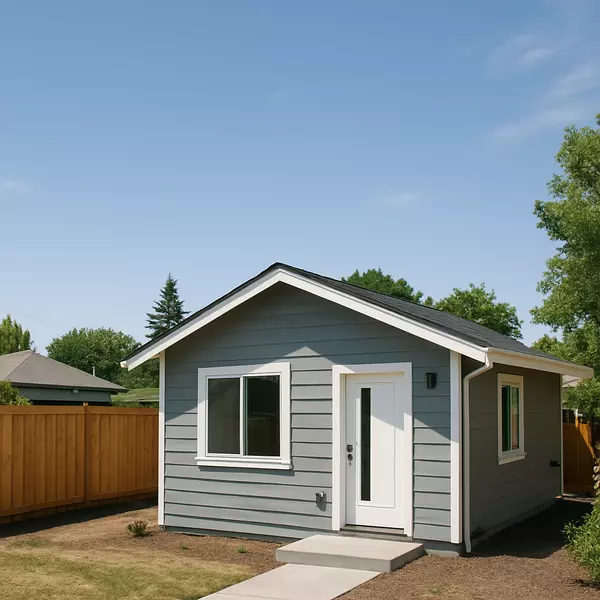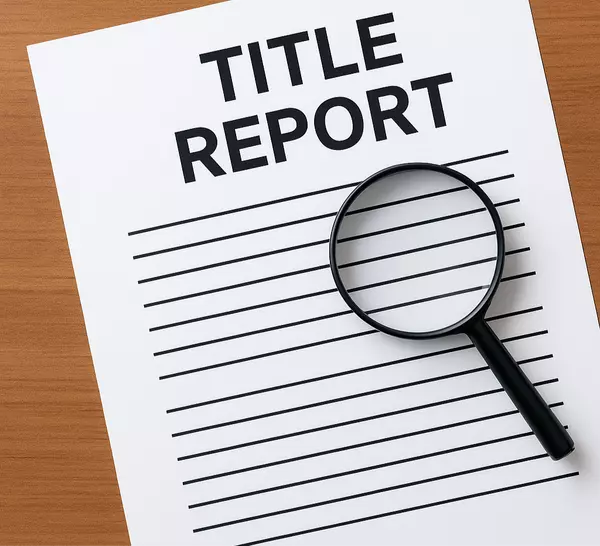How Real Estate Can Create Generational Wealth

When people think of creating wealth, real estate often comes to mind as one of the most reliable and proven ways to build long-term financial security. But beyond the immediate financial gains, real estate holds the power to create generational wealth—wealth that can be passed down through the gene
Read MoreUnderstanding Easements: What Are They and Why Do They Matter?

When buying a property, most people focus on location, price, and the condition of the home. However, one often-overlooked legal concept can significantly impact how you use your property: easements. Many buyers are unaware of how easements can affect property rights, future development plans, or ev
Read MoreIs Solar Worth It for Homeowners in 2025?

Pros & Cons from a Real Estate and Resale Value Perspective As energy prices climb and eco-consciousness grows, many homeowners in 2025 are asking:“Is solar worth the investment — especially if I plan to sell my home?” Let’s break down the real estate impacts, including pros, cons, and key resale co
Read More
Categories
Recent Posts










